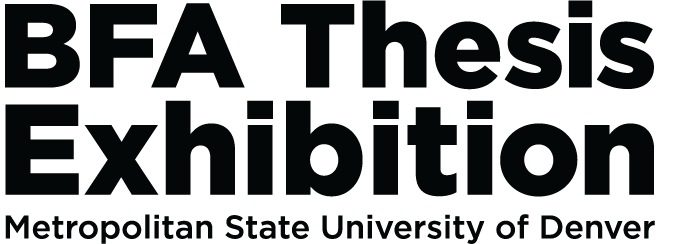Ariel Kensington
Zero Waste Impact is a campaign
to promote the use
of sustainable packaging and utilize resourceful materials.
Café Perk Pod packaging is created from 100% recycled material and printed with algae ink.
The cups are made from mycelium, the root structure of mushrooms.
The strawberry packaging is grown from mycelium and the product sleeve is printed on seed paper.
When the paper is planted, it grows wildflowers!
Zero Waste Impact
Product packaging is essential to protecting and preserving contents. In general, packaging pollution of non-biodegradable products is evident, but this has been a secondary focus that is overwhelming landfills and contributing to devastation of natural life. To put in perspective this overwhelming aspect, one contributing factor is the Keurig K-Cup. Statistically and shockingly, the number of K-Cups that have been trashed in landfills could wrap around the earth over ten times[1]. The investigation process to obtain a soluble solution is challenging and rewarding for a successful outcome. It is imperative to focus and reinvent product packaging that is sustainable. By being sustainable, products decompose properly and within a short period of time. One possible solution is researching to develop a product made from mycelium, which is the root structure of mushrooms. This source specifically has replaced plastics, wood byproducts and reduced animal slaughter[2]. The responsibility to the formation of soluble materials used in packaging lies with the designer being accountable to create sustainable designs but also within consumer responsibility to make informed and educated decisions when purchasing products.
Resourceful packaging is happening all around the world, and it is resorting back to nature. Mycelium, the root structure of mushrooms, is web-like in form that has strong properties mending and forming capabilities. Combined with other organic materials, mycelium can be shaped into endless forms and sizes which is optimal for product packaging variations.[3] The target should be both good design and good for the planet. It is no longer acceptable to continue the negligent process of using harmful materials that contribute to excessive landfill waste. Now is the time, more than ever, to incorporate change in design practices and consumer behavior.
[1] “This Product Is Trashing the Planet.” Story of Stuff. Accessed February 14, 2021. https://action.storyofstuff.org/sign/amount-k-cups-have-been-thrown-landfills-could-wrap-around-planet-over-11-times.
[2] “MY Super Ingredient.” Atlast. Accessed February 15, 2021. https://www.atlastfood.co/ingredient.
[3] “Learn More about Our Eco-Friendly Bio Manufacturing Process for Sustainable Mushroom Packaging.” Magical Mushroom Company. Accessed February 14, 2021. https://www.magicalmushroom.com/bioprocess.





